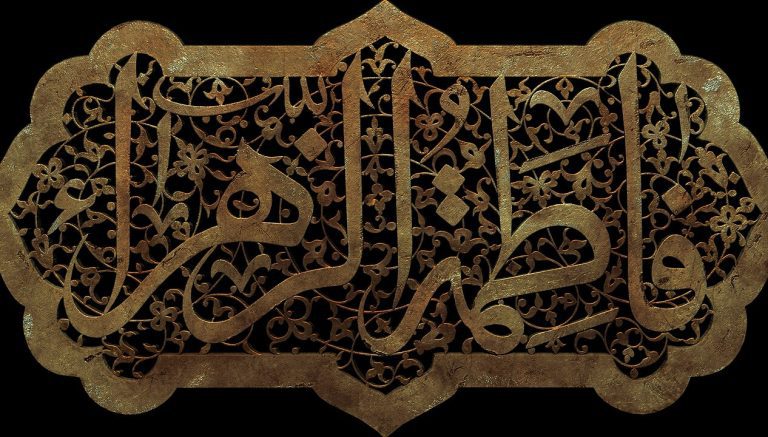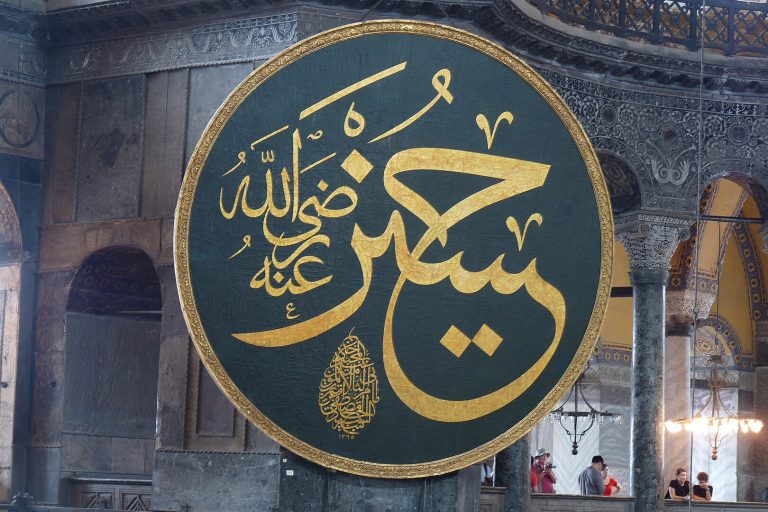Islamic Art and Architecture: A Testament to Faith and Creativity
Embark on a Journey of Awe and Inspiration Through the Splendors of Islamic Art and Architecture
Experience the profound beauty and spiritual significance of Islamic art and architecture, which serves as a testament to faith, creativity, and cultural richness. Delve into the intricate designs, awe-inspiring mosques, and majestic palaces that reflect the deep spirituality and artistic excellence of Islamic civilization.
Introduction:
Islamic art and architecture stand as enduring symbols of faith, creativity, and cultural richness, spanning centuries and continents. From the intricate geometric patterns adorning mosques to the majestic domes and minarets piercing the sky, every detail reflects the profound spiritual and aesthetic principles of Islam. Join us on an emotional journey as we explore the wonders of Islamic art and architecture, marveling at their beauty, complexity, and timeless relevance.
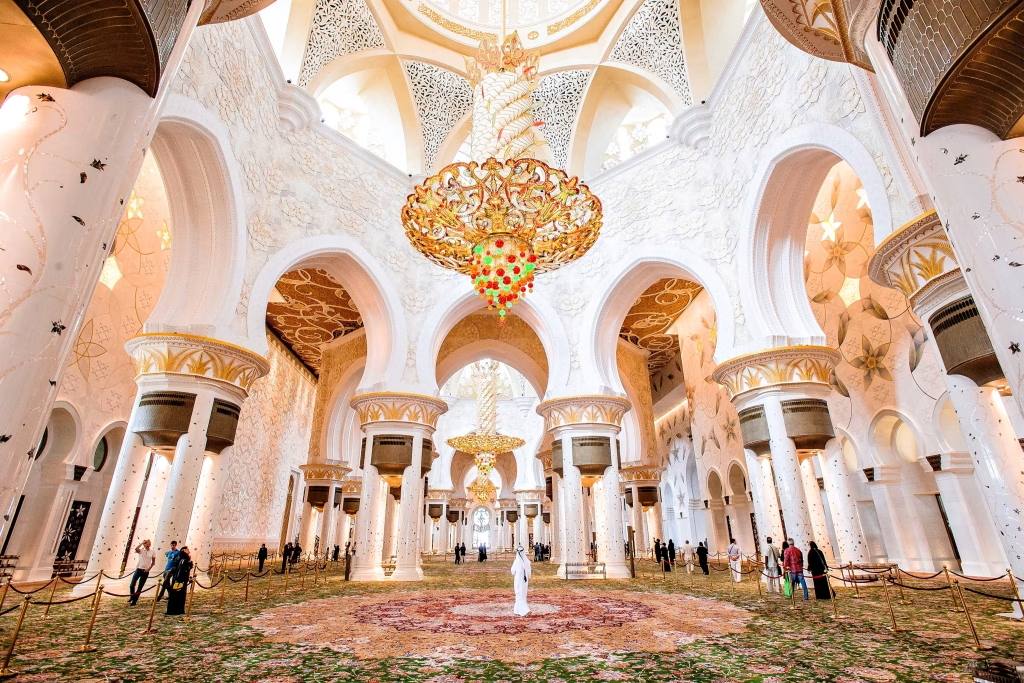
Islamic Art and Architecture: A Testament to Faith and Creativity
The Spiritual Essence of Islamic Art
Symbolism and Symmetry:
Islamic art is characterized by its intricate geometric patterns, arabesques, and calligraphy, all of which convey profound spiritual symbolism and symmetry. These elements serve as a visual expression of the unity and harmony inherent in Islamic theology and philosophy.
Reflection of Divine Beauty:
Islamic art seeks to reflect the divine beauty of Allah through its meticulous craftsmanship and attention to detail. Whether in the intricate designs of a Persian carpet or the delicate carvings of a wooden screen, every artwork is imbued with a sense of reverence and awe for the Creator.
Inspiration from Nature:
Nature serves as a primary source of inspiration for Islamic artists, who draw upon its beauty and diversity to create timeless masterpieces. From the graceful curves of a palm tree to the intricate patterns of a seashell, nature’s patterns and forms are reflected in the motifs and designs of Islamic art.
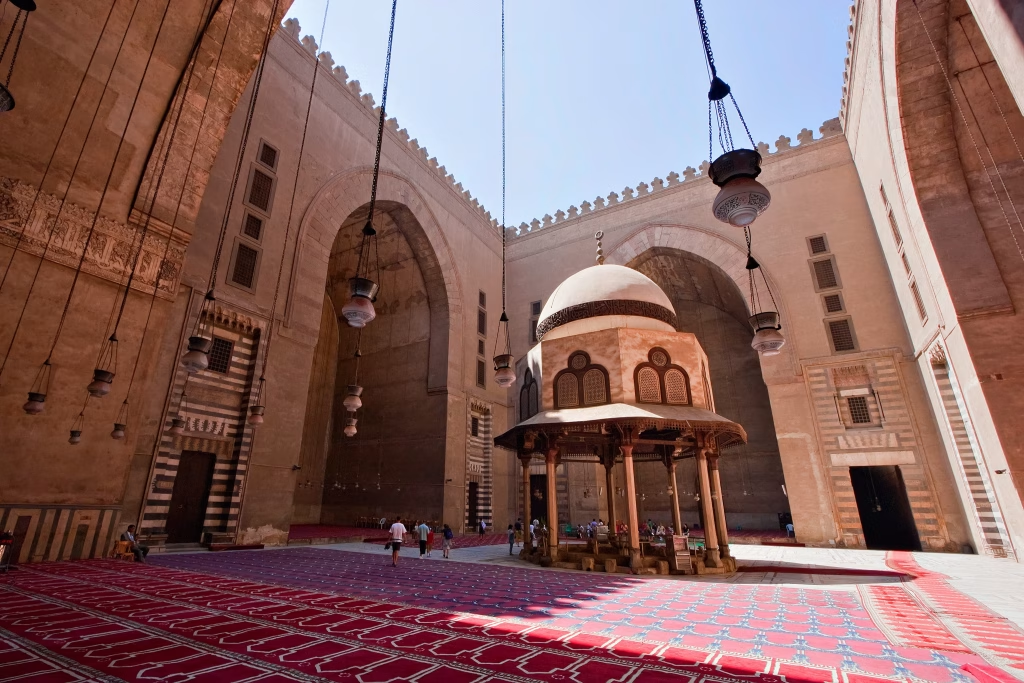
Architectural Marvels of Islamic Civilization
Magnificent Mosques:
Mosques are the focal point of Islamic architecture, serving as places of worship, community gathering, and spiritual contemplation. From the grandeur of the Blue Mosque in Istanbul to the serenity of the Sheikh Zayed Grand Mosque in Abu Dhabi, each mosque reflects the cultural diversity and artistic excellence of its time.
Majestic Palaces and Fortresses:
Islamic architecture also encompasses palaces, fortresses, and citadels, which served as seats of power and centers of administration. From the opulent Alhambra in Spain to the majestic Topkapi Palace in Turkey, these architectural marvels showcase the wealth, sophistication, and cultural achievements of Islamic civilization.
Innovative Engineering:
Islamic architects were pioneers in the field of engineering, developing innovative techniques and technologies to construct monumental structures that defied gravity and stood the test of time. From the soaring arches of the Hagia Sophia to the intricate domes of the Taj Mahal, these architectural wonders continue to inspire awe and admiration.

Preserving Cultural Heritage and Identity
Legacy of Islamic Civilization:
Islamic art and architecture serve as a testament to the enduring legacy of Islamic civilization, which flourished across continents and cultures for over a millennium. From Spain to India, from North Africa to Central Asia, the influence of Islamic art and architecture can be seen in the monuments, museums, and cultural traditions of diverse societies.
Promotion of Cultural Understanding:
Islamic art and architecture have the power to promote cultural understanding and appreciation, bridging divides and fostering dialogue between people of different backgrounds and beliefs. By showcasing the beauty and diversity of Islamic heritage, these artistic treasures encourage mutual respect, tolerance, and empathy.
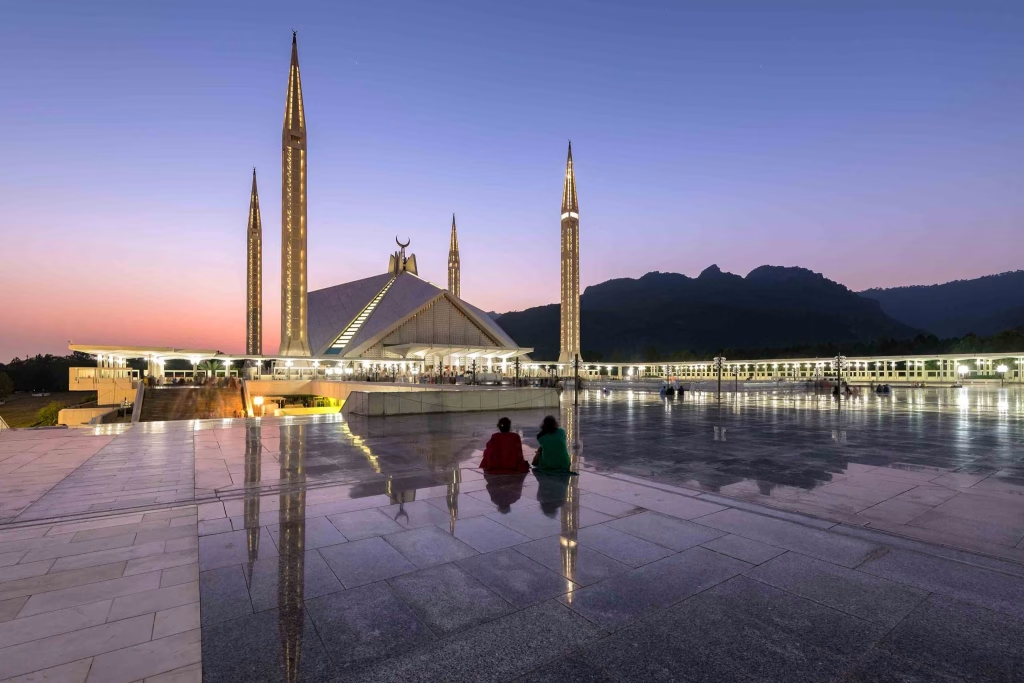
Inspiring Future Generations:
Islamic art and architecture continue to inspire future generations of artists, architects, and scholars, who draw upon their timeless principles and aesthetic values to create innovative and inclusive spaces. By preserving and promoting Islamic cultural heritage, we ensure that its beauty and wisdom will endure for generations to come.
Frequently Asked Questions (FAQs):
What are some common motifs found in Islamic art?
Islamic art often features geometric patterns, arabesques, and calligraphy, which symbolize unity, harmony, and devotion to Allah. These motifs can be found in mosques, palaces, and decorative objects, reflecting the spiritual and aesthetic principles of Islam.
How does Islamic architecture reflect cultural diversity?
Islamic architecture reflects cultural diversity through its adaptation of local building traditions, materials, and styles. From the Moorish architecture of Spain to the Mughal architecture of India, each region has its own distinct architectural language influenced by Islamic principles.
What is the significance of calligraphy in Islamic art?
Calligraphy holds special significance in Islamic art as it is used to depict verses from the Quran, Hadiths, and other religious texts. The intricate scripts and decorative styles of calligraphy serve as a visual representation of the divine word and a means of spiritual expression.
How do Islamic architects incorporate environmental considerations into their designs?
Islamic architects often incorporate environmental considerations into their designs through passive cooling techniques, use of natural materials, and integration with the surrounding landscape. This holistic approach to architecture reflects Islam’s emphasis on stewardship of the environment and sustainable living.
What role do courtyards play in Islamic architecture?
Courtyards are a common feature of Islamic architecture, serving as central gathering spaces for social, religious, and cultural activities. They provide natural ventilation, daylighting, and privacy, creating comfortable and inviting environments for inhabitants and visitors alike.
How has Islamic art influenced other artistic traditions?
Islamic art has had a profound influence on other artistic traditions, particularly in Europe during the Middle Ages. Elements such as geometric patterns, arabesques, and calligraphy found their way into European art and architecture, shaping the development of styles such as Gothic and Renaissance.
What are some challenges facing the preservation of Islamic cultural heritage?
Challenges facing the preservation of Islamic cultural heritage include urbanization, development pressure, armed conflict, and lack of funding for conservation efforts. These factors threaten historic sites, monuments, and artifacts, endangering their significance and integrity.
How can individuals contribute to the preservation of Islamic cultural heritage?
Individuals can contribute to the preservation of Islamic cultural heritage by supporting conservation organizations, advocating for heritage protection policies, and raising awareness about the importance of cultural diversity and heritage preservation. Additionally, visiting historic sites and museums helps to sustain cultural tourism and promote appreciation for Islamic art and architecture.
What is the significance of minarets in Islamic architecture?
Minarets are tall, slender towers typically found adjacent to mosques, from which the call to prayer (Adhan) is issued. They serve as symbolic landmarks of Islam and are often adorned with intricate designs and decorations, adding to the aesthetic beauty of mosque complexes.
How does Islamic art and architecture reflect the values of Islam?
Islamic art and architecture reflect the values of Islam, such as unity, harmony, and devotion to Allah, through their use of geometric patterns, arabesques, calligraphy, and architectural elements. These artistic expressions serve as visual reminders of Islamic principles and teachings, inspiring believers to live virtuous and righteous lives.
Conclusion:
As we marvel at the splendors of Islamic art and architecture, we are reminded of the profound connection between faith, creativity, and cultural identity. From the intricate designs of a Persian rug to the towering minarets of a mosque, each masterpiece reflects the spiritual essence and artistic genius of Islamic civilization. Let us cherish and preserve these treasures, honoring their legacy and inspiring future generations to embrace the beauty and diversity of Islamic heritage.





